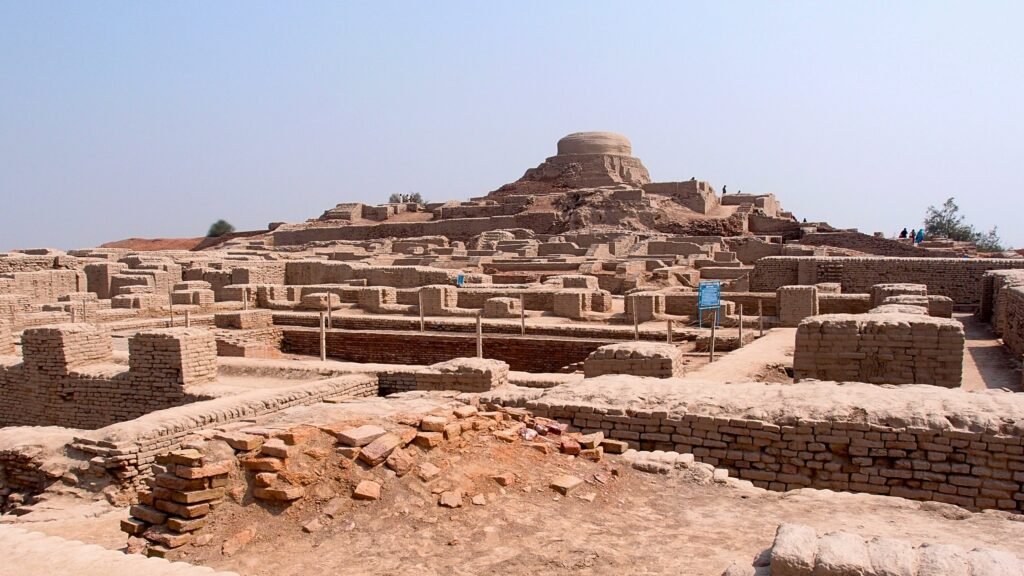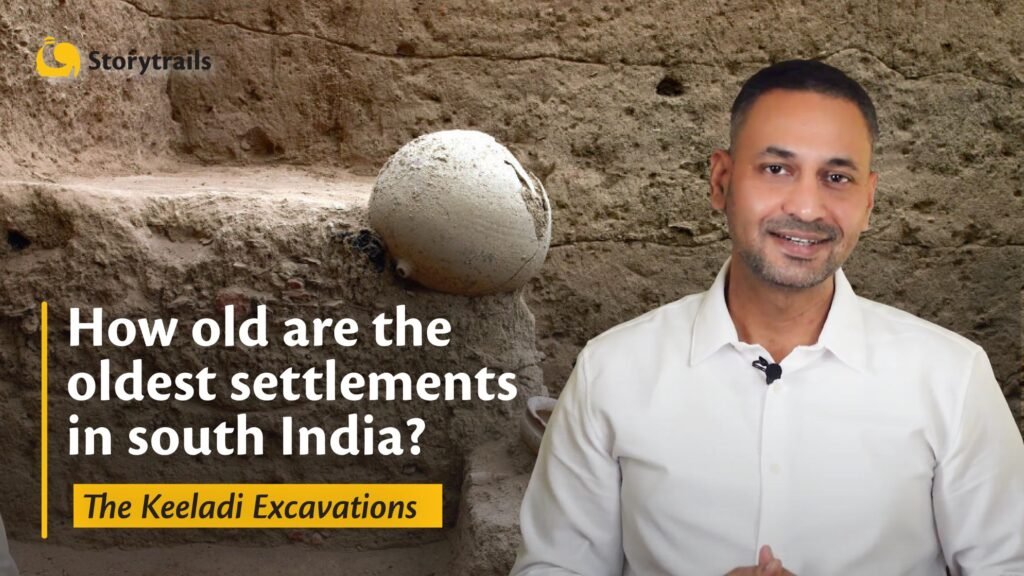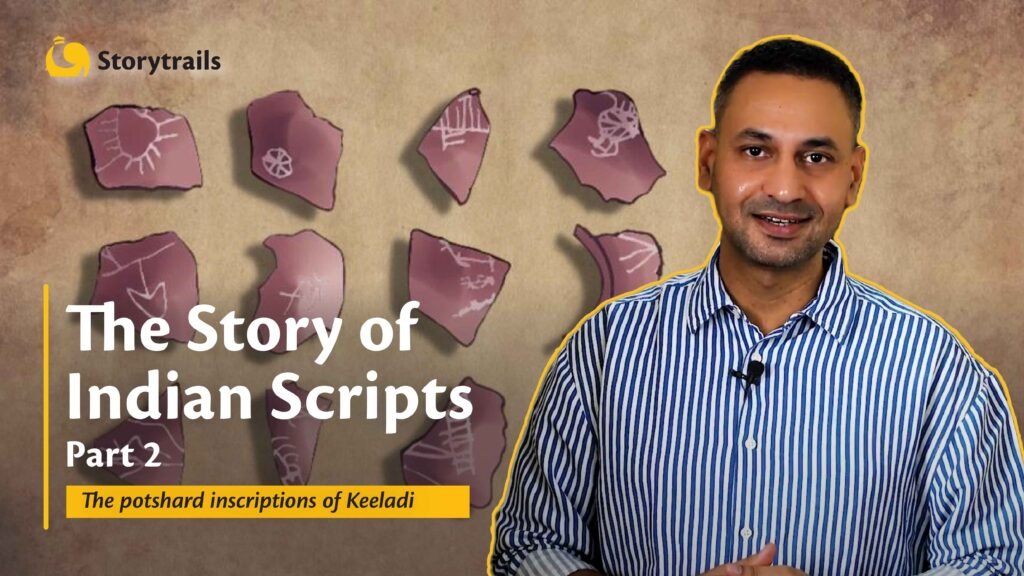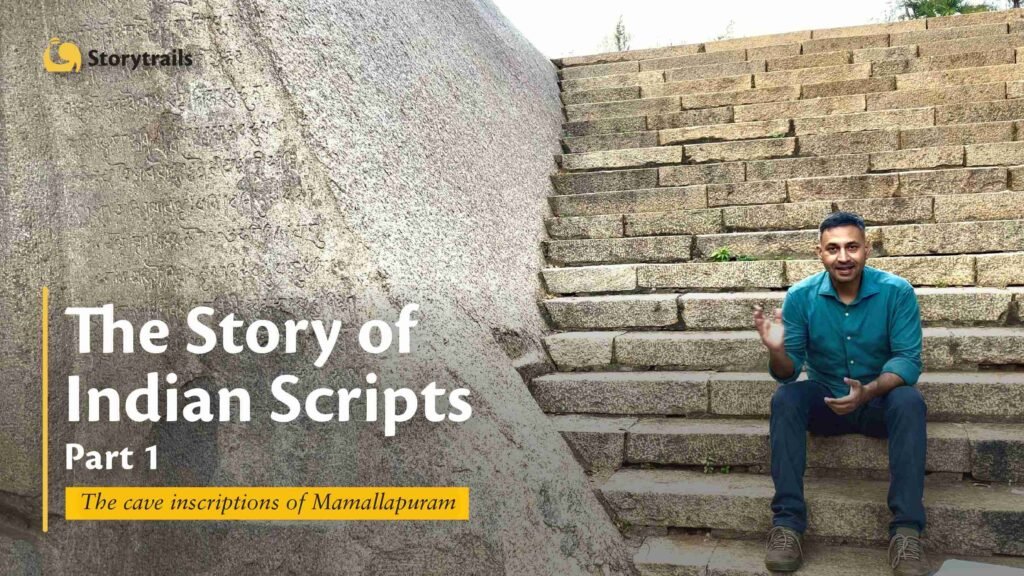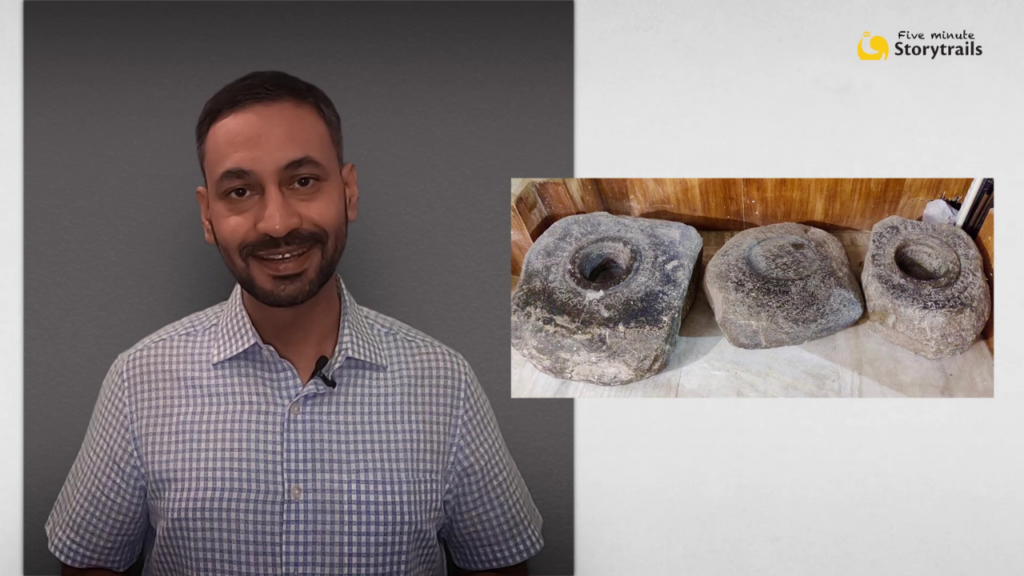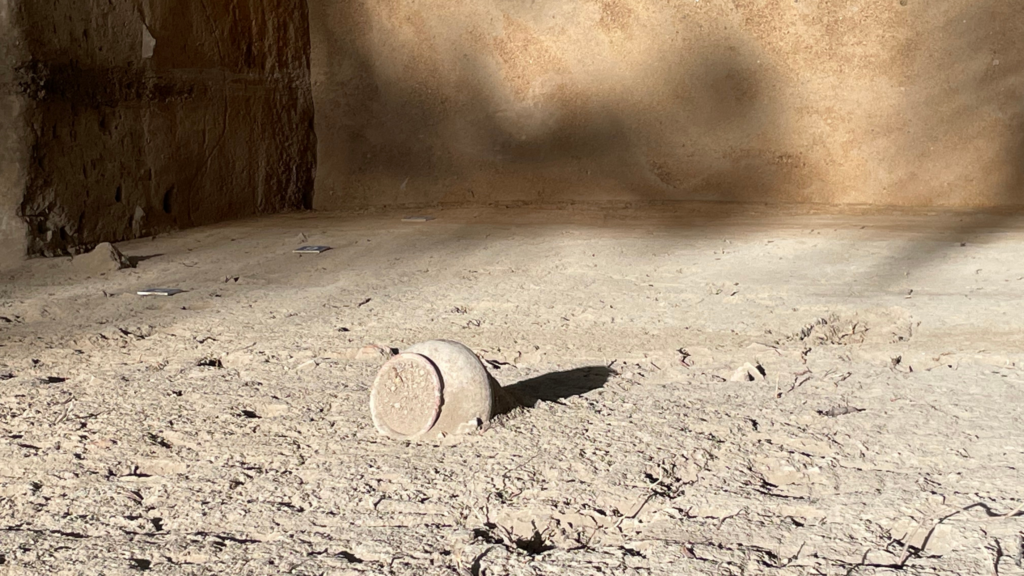Ashokan Pillar at Feroze Shah Kotla, Delhi, Photo by Dhamijalok, CC by SA 2.0.jpg https://commons.wikimedia.org/wiki/File:Ashoka_Pillar_at_Feroze_Shah_Kotla,_Delhi_02.JPG
Allahabad_Kausambi_Edict Photo sourced from Eugen …9 March 1857 – 16 January 1927), Public Domain.jpg https://commons.wikimedia.org/wiki/File:Mansehra_9-11_Edict.jpg
Soghaura copper plate Brahmi inscription 3rd century BCE.jpg
Topra kalan.jfif https://en.wikipedia.org/wiki/Sohgaura_copper_plate_inscription
Ferozabad_Panorama Photo by Rangan Datta Wiki CC by SA 4.0.jpg https://en.m.wikipedia.org/wiki/File:Ferozabad_Panorama.jpg
Ashoka Pillar at Feroze Shah Kotla, Delhi, 1861. Photo by Samuel Bourne Public Domain.jpg https://commons.wikimedia.org/wiki/File:The_Lat_of_Ferozeh_Shah_-Delhi-..jpg
Ashokan_Pillar_at_Feroz_Shah_Kotla,_New_Delhi Photo by Vu2sga CC by SA 3.0.jpg https://commons.wikimedia.org/wiki/File:Ashokan_Pillar,_Feroz_Shah_Kotla,_Delhi.jpg
Menander_Alexandria-Kapisa.jpg https://commons.wikimedia.org/wiki/File:Menander_Alexandria-Kapisa.jpg
Flying_griffin_Sanchi_Stupa_ public domain by its author, ArnoldBetten.jpg https://en.wikipedia.org/wiki/File:Flying_griffin_Sanchi_Stupa_2.jpg
Brahmi_script_on_Ashoka_Pillar,_Sarnath Photo by ampersandyslexia CC by SA 2.0.jpg https://commons.wikimedia.org/wiki/File:Brahmi_script_on_Ashoka_Pillar,_Sarnath.jpg
Close up Delhi pillar Photo Abhatnagar2 CC by SA 3.0.jpg
Firoz Shah Tughlak PD British Library.jpg https://commons.wikimedia.org/wiki/File:Firoz_Shah_Taghlak.jpg
Ashoka’s visit to the Ramagrama stupa Sanchi Stupa 1 Southern gateway https://en.wikipedia.org/wiki/File:Ashoka%27s_visit_to_the_Ramagrama_stupa_Sanchi_Stupa_1_Southern_gateway.jpg Public domain
Lion_Capital_of_Ashoka https://en.wikipedia.org/wiki/Lion_Capital_of_Ashoka
Ashoka_Lauriya_Areraj_inscription By Sachin kumar tiwary (https://en.wikipedia.org/wiki/Edicts_of_Ashoka#/media/File:Ashoka_Lauriya_Areraj_inscription.jpg) – This file has been extracted from another file: ARERAJ INSCRIPTIONS.jpg, CC BY-SA 3.0, https://commons.wikimedia.org/w/index.php?curid=70710778
Delhi-Topra_pillar_edicts (https://en.wikipedia.org/wiki/Edicts_of_Ashoka#/media/File:Delhi-Topra_pillar_edicts.jpg) By Wikimapia Paul65 – This file has been extracted from another file: Delhi-Topra pillar of Ashoka.jpg, CC BY-SA 3.0, https://commons.wikimedia.org/w/index.php?curid=70719289
Topra Kalan (https://en.wikipedia.org/wiki/Topra_Kalan#/media/File:DPPX_8.JPG) By Abhatnagar2 – Own work, CC BY-SA 3.0, https://commons.wikimedia.org/w/index.php?curid=28365477


